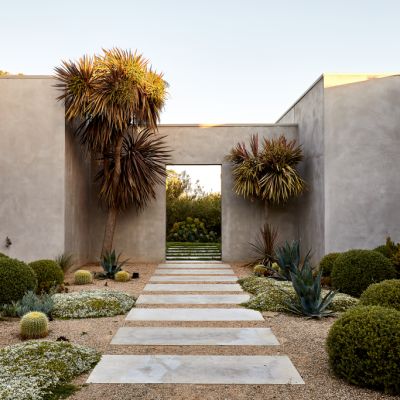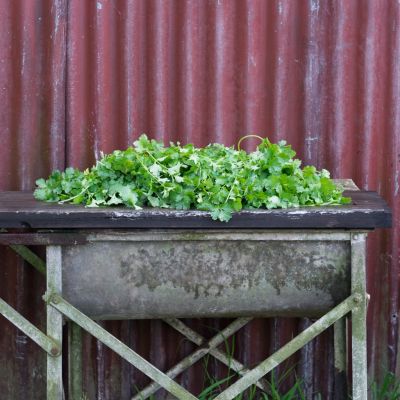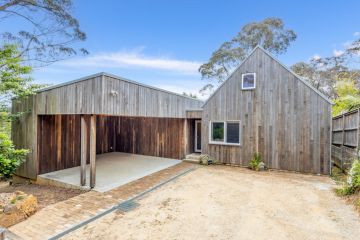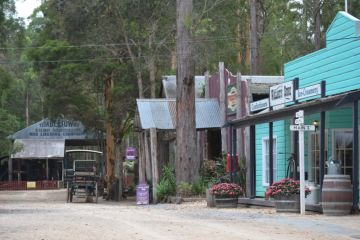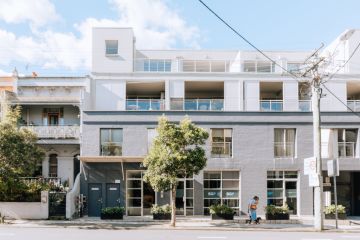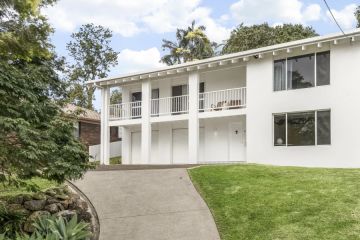New to growing your own food? Here's how to make sure your vegetable seedlings survive
The newest wave of panic buying appears to be seedlings and seeds, as Australians stuck at home try to take food production into their own hands or just try a new hobby.
If you’re one of the shoppers stocking up on seedlings and seeds, here’s a handy guide to keep your new friends alive.
Where to start
First thing’s first, you’ll need a good spot to grow your new friends. It is best to plant vegetables where they’re going to get at least eight hours of sun a day – otherwise you may find some plants will struggle to grow and your choice of vegetables is limited.
“If you’ve got less sunlight than that, you have to stick to the more leafy crops like silverbeet, lettuces, brassicas, and the asian greens,” said Toni Salter, also known as The Veggie Lady.
It doesn’t matter where it is – backyard, patio or apartment balcony – getting sun is the major issue.
The size of plot or pot isn’t critical, but it does make a difference for how much work you’ll have to do down the line. A pot with a 30-centimetre diameter will do the trick, and should allow an aspiring green thumb to make a start in an apartment or townhouse.
If the pot is any smaller than this, nutrients and water will be lost faster, requiring more watering and feeding.
And finally, make sure the soil has plenty of nutrients before planting by adding fertiliser or manure.
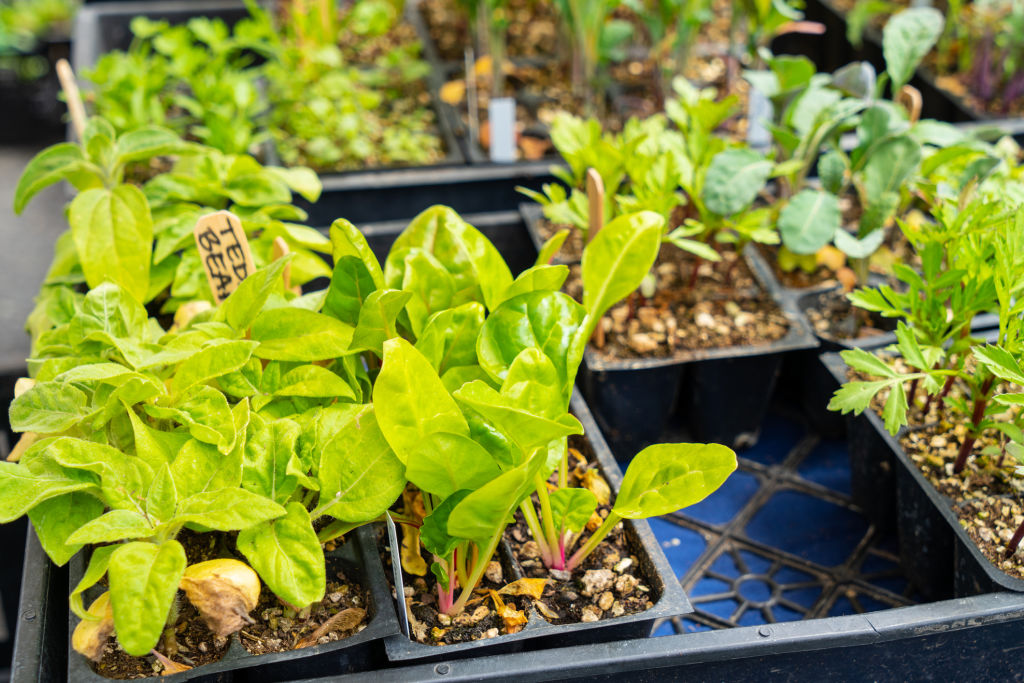
Essential tools and materials
Surprisingly, there are just a few things necessary to become a successful gardener. The experts agree you need:
- A trowel
- A watering can
- Fertiliser (liquid is a good choice to keep things simple)
- Good soil (either premium potting mix or soil enriched with fertiliser or compost)
Depending on your set-up, selected vegetables and preferences, you may need these optional items:
- A shovel or pitchfork (for larger plots)
- Gloves
- A face mask if dealing with dry potting mix
- A pot with a 30-centimetre diameter
- A trestle or other structure for vines to climb
- Mulch to keep moisture in the soil
- Pesticides
Ms Salter said tools weren’t really a huge deal, and a few discretionary choices could be made along the way. Safety equipment, including gloves and a dust mask, is important when handling potting mix.
“You can breathe in some of the microorganisms in the potting mix which can lead to legionella,” she said. “Another way around that is to make sure the potting mix is damp.”
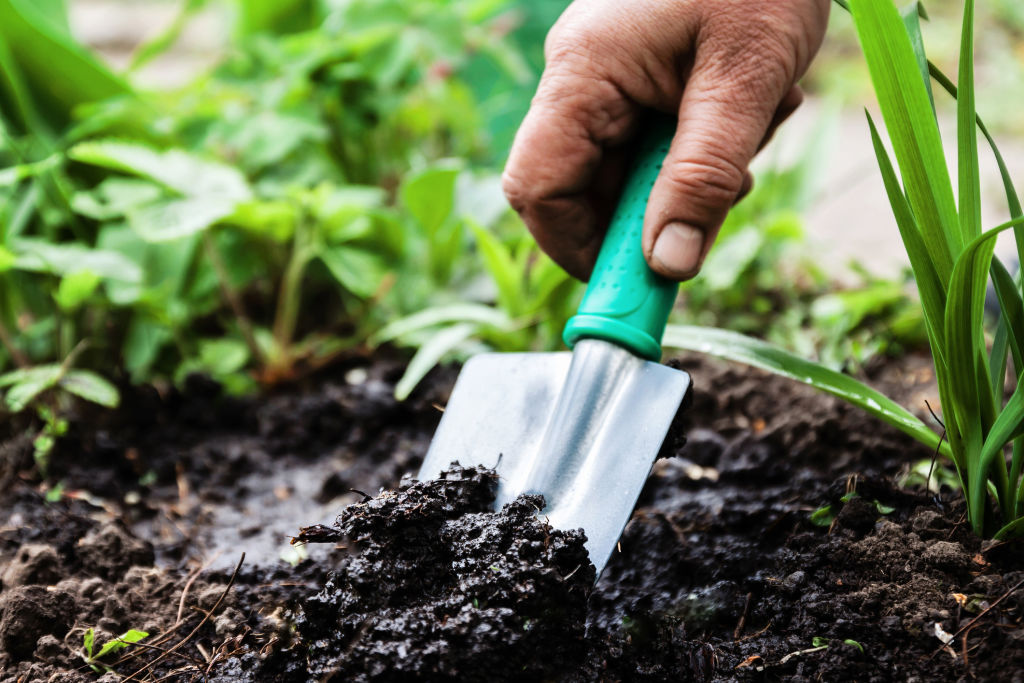
Where to find seedlings and seeds
While Bunnings might be a go-to for seedlings and seeds, there were always other options available, Yates’ Angie Thomas said.
Seedlings should be an impatient gardener’s choice but seeds offered the same results, just with a longer time investment.
“You might need to start going a bit further afield,” she said. “Wholesale nurseries will be ramping up their production. Have a look at the seed stands in some of your gardening centres as well.”
Ms Salter said farmers’ markets and community gardens were other options, and said sun-hardened seedlings were her first-choice.
“They’re delicate and soft when you get them home so some people run the risk of getting them sunburnt or having them not grow very well,” she said.
Ms Salter said if seedlings weren’t sun-hardened, it was best to keep them in the punnet they came in and give them a bit more sun each day for a week, adding about an hour each day, before planting. Check with the supplier if seedlings are sun-hardened before planting.
What’s best to grow right now (and later)?
Going into the colder months in the cooler states, such as Victoria and NSW, choices are limited, but there are several different plants that grow well at this time of year.
Ms Salter and Ms Thomas said the best suited for the cooler months in cooler states were:
- Peas (including snow peas and shelling peas)
- Carrots
- Most varieties of lettuces (lettuces that form a heart, such as iceberg can handle the cooler months the best)
- Asian greens such as bok-choy
- Broccoli
- Cabbage
- Cauliflower
- Brussel sprouts
- Leeks
- Parsnips
- Onions
- Garlic
- Silverbeet
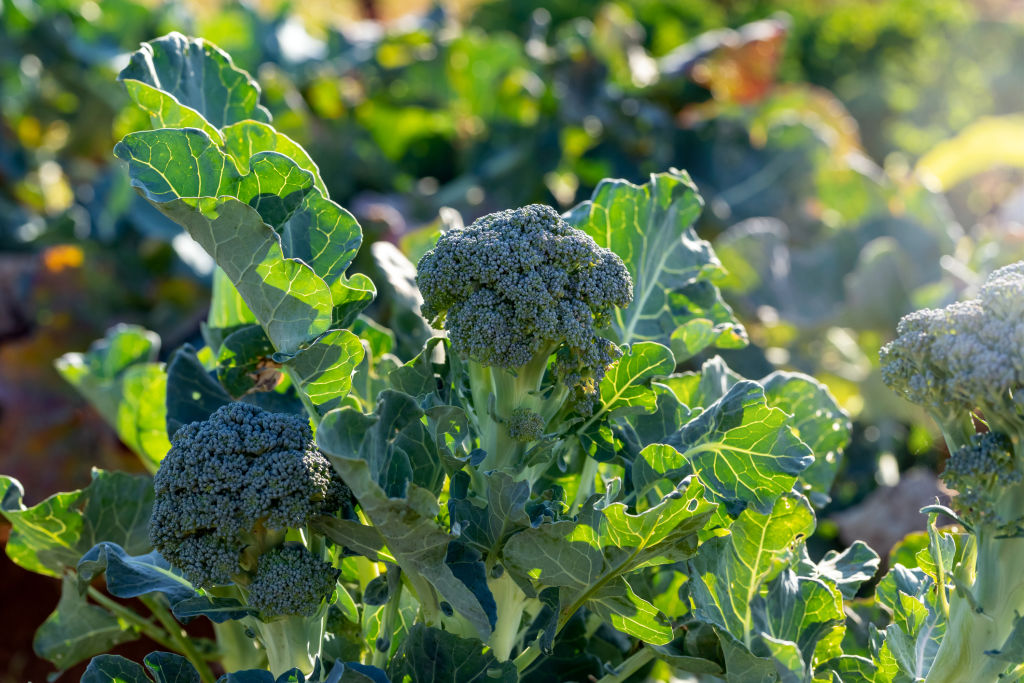
For the warmer months and also year round in warmer states such as Queensland:
- Tomatoes
Zucchinis
Cucumbers
Eggplants
Chillies
Pumpkins
Beans
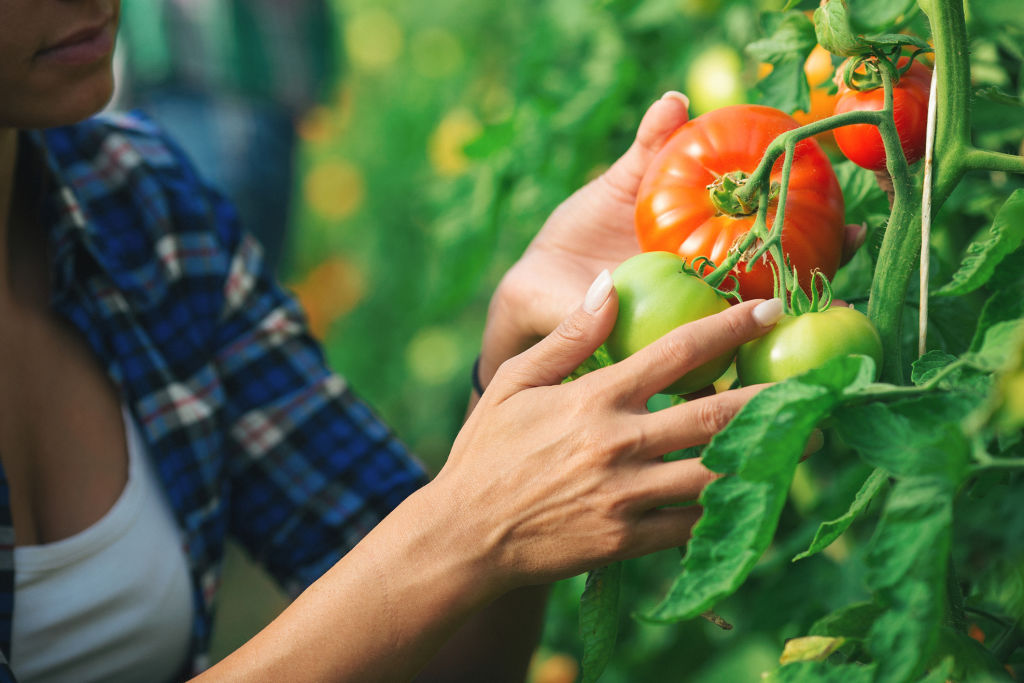
… And finally some handy tips
Ms Thomas says new green thumbs may be surprised to learn that if you only have one pot, that doesn’t necessarily mean you can only grow one variety of vegetable.
“If you use the biggest pots you can afford and have room for, that’s a really good start,” she said. “You can combine a few different things in one pot. You could grow a mixed salad all in one place.”
She said soil moisture was paramount, as was ensuring the plants stay well fed.
“Regular moisture is important. Just dig around every two days in the soil to see how moist it is,” she said. “My mantra is: if the plant is doing something like growing or producing food, it needs to be fed and it makes a huge difference.
“Just a couple of spoonfuls of liquid fertiliser in a watering can work so you can fertilise while you water.”
It may sound obvious, but pay close attention to your plants, Ms Salter said.
“Water stress and nutrient stress are the biggest factor in having disease and pest problems,” she said.
We recommend
We thought you might like
States
Capital Cities
Capital Cities - Rentals
Popular Areas
Allhomes
More
- © 2025, CoStar Group Inc.
